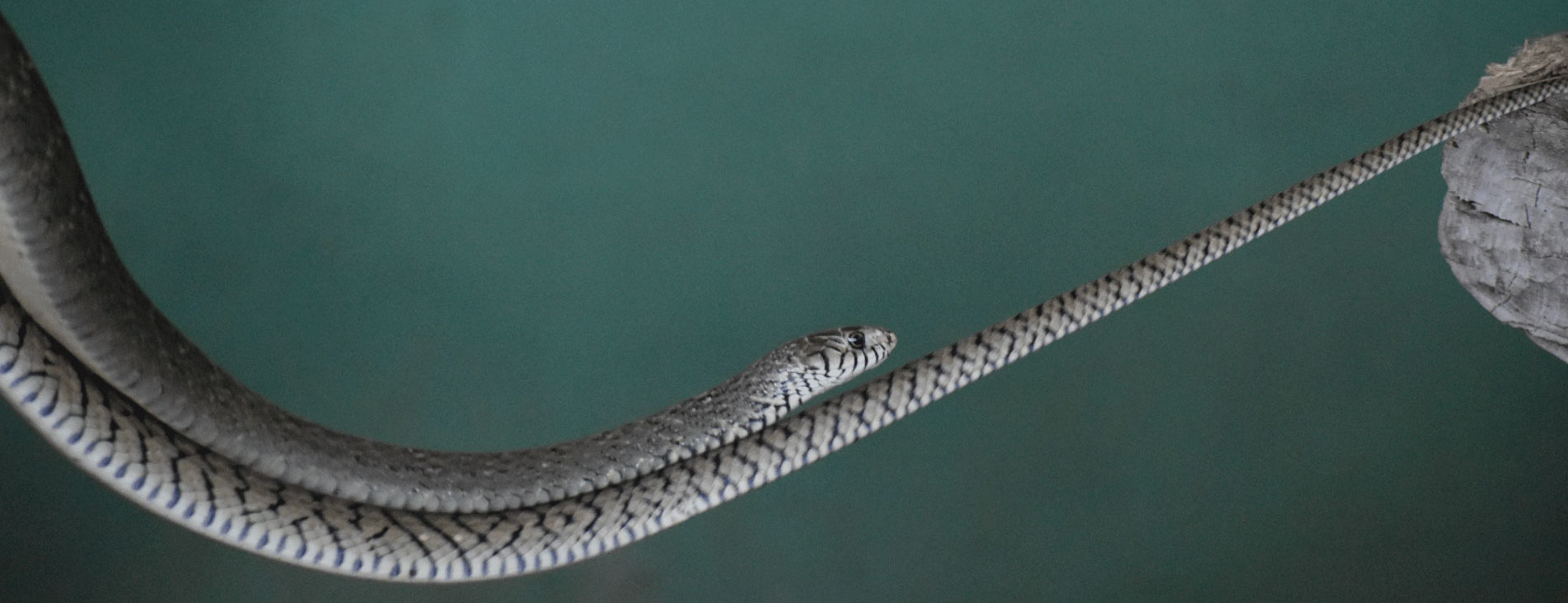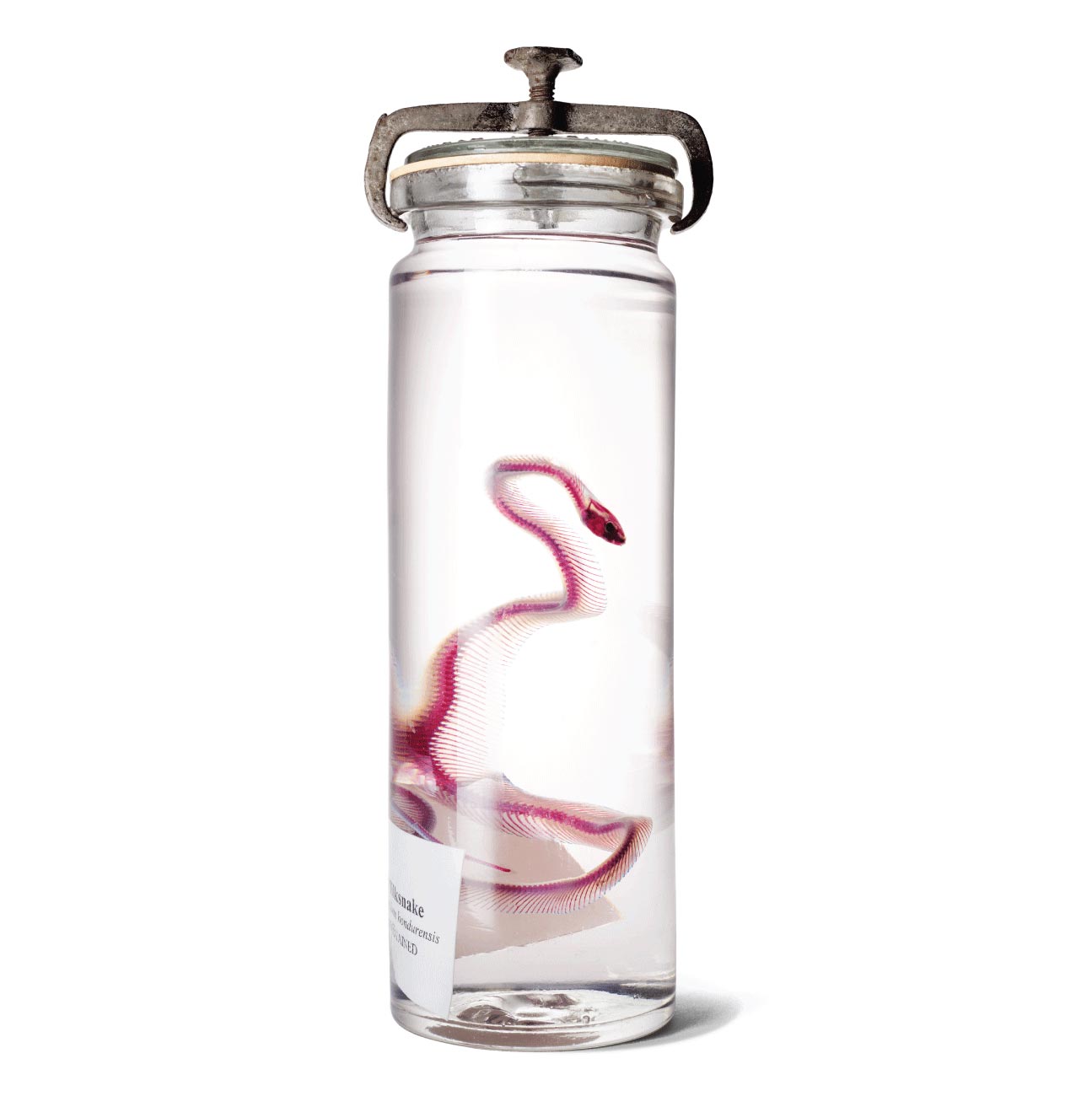
Amphibians & Reptiles
Over 15,000 specimens
Herpetology is the study of amphibians (including frogs, toads, salamanders, and newts) and reptiles (including snakes, lizards, turtles, and tortoises).
Our amphibian and reptile collections focus on the Upper Midwest and represent one of the best collections of herpetological material in the region. Among the material is an extensive series of leopard frogs collected by David Merrell in the 1960s. This collection is noteworthy due to the large number of specimens in each lot. Merrell’s frogs continue to be examined by researchers interested in the history of frog malformations in the Upper Midwest.
The collection also contains significant collections from Mexico as well as smaller collections from south Pacific islands and southwestern United States. For its size, the collection is remarkably diverse, representing 40 families, 152 genera, and 360 species.
Minnesota Biodiversity Atlas
The Minnesota Biodiversity Atlas is a searchable, public map showing where Bell Museum animal, plant, and fungal specimens have been found and collected. The Atlas focuses on Minnesota, the meeting place of three of the world’s largest terrestrial ecosystems: eastern broadleaf forests, tallgrass prairies, and coniferous forests. It also represents moments in history before key changes occurred to the landscape, environment, and climate.
What’s most exciting, scientists will use the data in the Atlas to forecast where ecosystems and their associated species may be found in the future.



